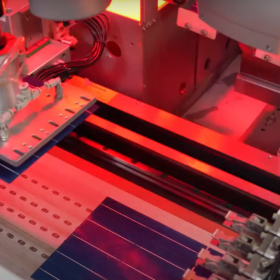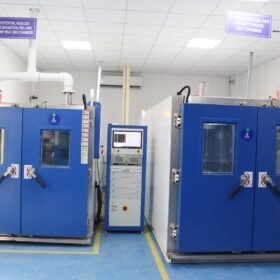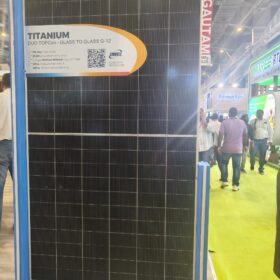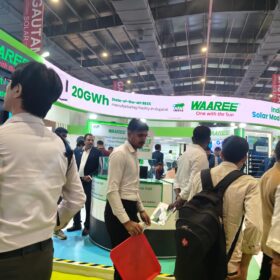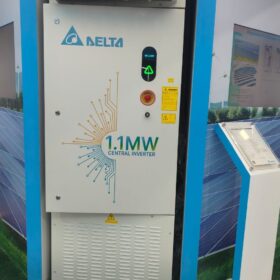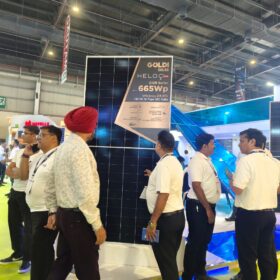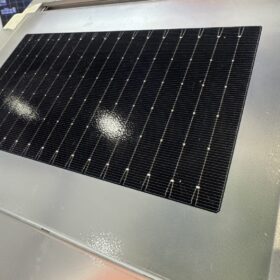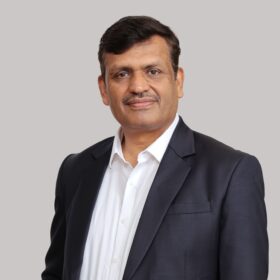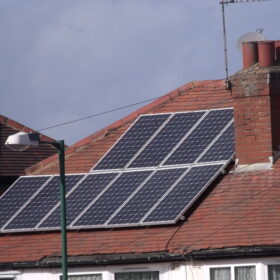India solar module output to exceed 125 GW in 2025, says Wood Mackenzie
Wood Mackenzie says in a new report that India’s solar manufacturing boom risks overcapacity and calls for a shift from expansion to cost competitiveness.
Jakson Solar inaugurates advanced in-house reliability testing lab
The state-of-the-art facility is equipped with high-precision testing equipment specifically designed to continuously test and evaluate solar PV modules and their components. The modules are subjected to extreme climatic conditions, simulating the stresses they will endure over their operational life.
Emmvee unveils 715 Wp G12 n-type glass-glass TOPCon module
Emmvee has unveiled Titanium Duo G12 n-type bifacial (glass-glass) TOPCon module with power output of 715 Wp and an efficiency of 23.18%.
Global solar module, inverter market to reach $115.8 billion by 2030
UK-based analysts GlobalData predict growth in the world’s solar module and inverter markets through to the end of the decade will be driven by the Asia Pacific region.
Waaree unveils 350 kW three-phase inverter for utility-scale solar projects
Waaree Energies has showcased its 350 kW three-phase string inverter for utility-scale solar projects. The inverter has six MPPT inputs, which allow total 30 strings of modules.
How to make India’s energy sector more cyber resilient
Amid looming threats from interconnected environments, emerging technologies, and siloed security practices, the energy sector needs a single source of truth. An exposure management platform delivers this, bringing IT and OT security into a unified ecosystem. It proactively identifies risks and stops them before they spiral out of control and stop operations.
Delta Electronics showcases 1.1 MW modular central inverter for large-scale PV plants
Delta Electronics has showcased its 1.1 MW modular central inverter designed, developed and produced in India. The inverter combines efficiency of up to 99.1%, modular design, and advanced communication and protection features.
Saatvik Green showcases 1.1-50 kW on-grid inverters, n-type TOPCon G12R modules at REI Expo 2025
Saatvik Green Energy is showcasing its UDAY Series on-grid inverters in the 1.1 kW to 50 kW range and Tej Plus Series of n-type TOPCon G12R solar modules with power output up to 635 Wp.
Goldi Solar unveils 665 Wp back-contact PV panel with 24.6% efficiency at REI 2025
Goldi Solar has introduced its new HELOC PLUS G12R Series IBC (interdigitated back-contact) modules, offering power outputs ranging from 635 Wp to 665 Wp and efficiencies between 23.5% and 24.6%.
Alpex Solar to upgrade cell manufacturing plant to 2.2 GW with G12R TOPCon technology
Alpex Solar Ltd has announced plans to upgrade its upcoming solar cell production facility at Kosi Kotwan from PERC to high-efficiency G12R TOPCon with a capacity of 2.2 GW.
